New York City is famous for its soaring skyscrapers, dazzling lights, and bustling streets. But beneath the surface, another population thrives—one that often sparks disgust, fascination, and even fear: rats. These resilient rodents have adapted to the city’s every nook and cranny, from the deepest subway tunnels to the overflowing trash bins on street corners. Yet, what may come as a real shock is that some of these rats are not just survivors—they are incredible athletes, especially in the water. Imagine a rat gliding through murky floodwaters with the confidence of an Olympic swimmer. It’s a startling image, but it’s grounded in science and urban reality. Let’s dive into the mysterious and often misunderstood world of New York’s swimming rats.
The Unseen World Below the Streets
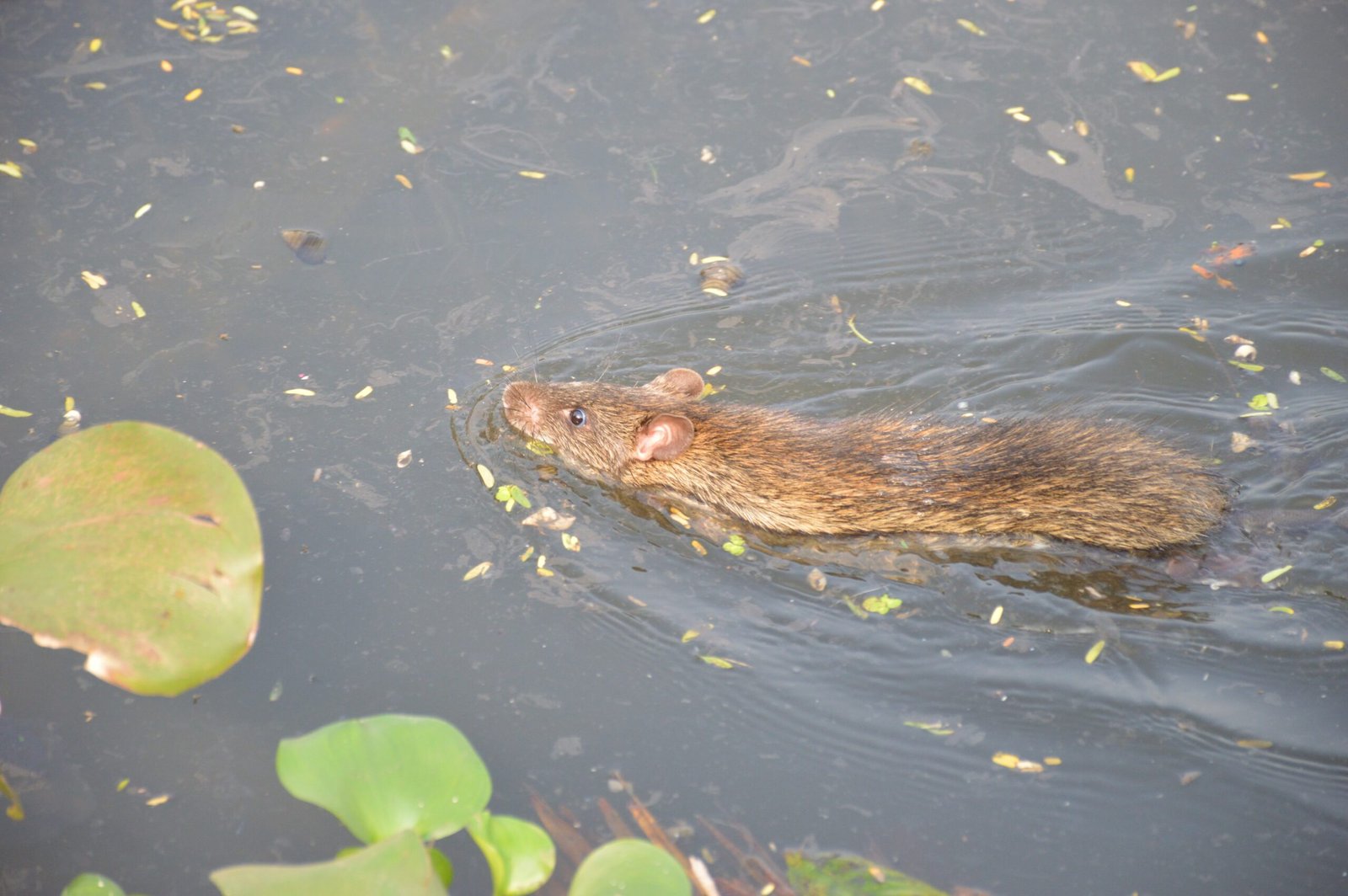
Beneath the city’s feet, a labyrinth of sewers and tunnels sprawls for miles. These dark, damp, and often flooded passageways are the perfect playground for rats. In this hidden world, rats navigate through water with surprising ease. Many people envision rats scampering along subway tracks or darting across alleys, but few realize how frequently these animals must swim to survive. Their aquatic skills allow them to escape predators, find food, and move between different parts of the city—often undetected. The next time it rains heavily in New York, imagine the secret migration happening below, as rats use the rising water to their advantage.
Why Do Rats Need to Swim?
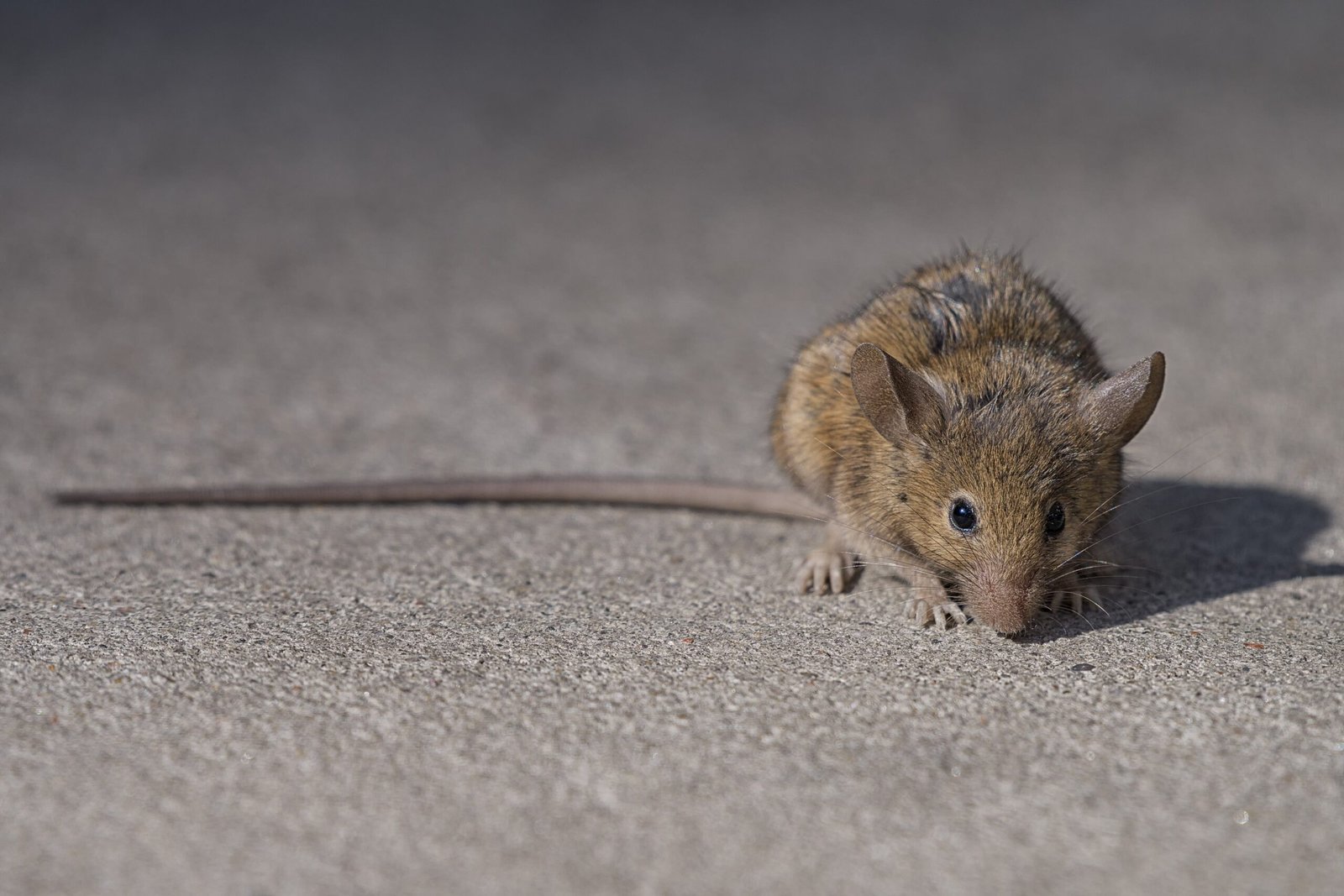
The life of a city rat is full of obstacles. Overflowing sewer pipes, sudden floods, and unpredictable construction work can cut off easy routes to food and shelter. For rats, being able to swim isn’t just a quirky talent—it’s a matter of survival. When streets flood or trash piles are surrounded by water, rats don’t hesitate to dive right in. Their powerful legs and flexible bodies carry them through even the roughest currents. This means that, no matter how chaotic the city becomes, rats almost always find a way to adapt and thrive. It’s a testament to their resourcefulness and the relentless will to live.
The Science of Rat Swimming
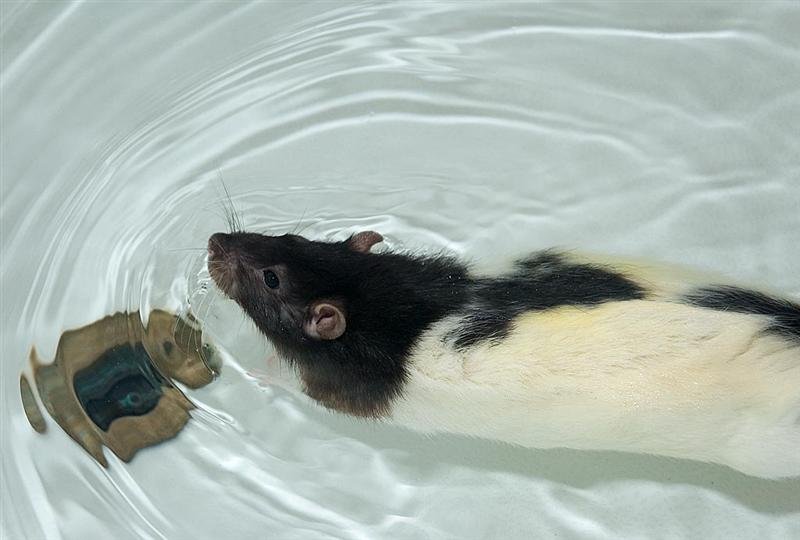
Rats belong to a group of animals known as “semi-aquatic mammals,” which means they are naturally equipped for life both on land and in water. Their bodies are streamlined, their fur repels water, and their strong hind legs act like miniature paddles. Studies have shown that rats can tread water for up to three days and swim continuously for over a mile without tiring. This extraordinary stamina puts them among the best swimmers in the animal kingdom, at least relative to their size. Scientists believe these abilities evolved over thousands of years, helping rats colonize new environments and escape threats.
A Close-Up on Rat Anatomy
What makes a rat such a good swimmer? It starts with their anatomy. Their long tails act like rudders, helping them steer through turbulent water. Their webbed feet allow for efficient paddling, while their lightweight bones keep them buoyant. Even their whiskers play a role, sensing vibrations and currents in the water. This combination of features means that a rat can slip through the smallest sewer pipe or navigate a flooded basement with ease. Their lungs are also adapted to hold air for long periods, giving them extra time to find a safe exit if trapped underwater.
Remarkable Rat Senses
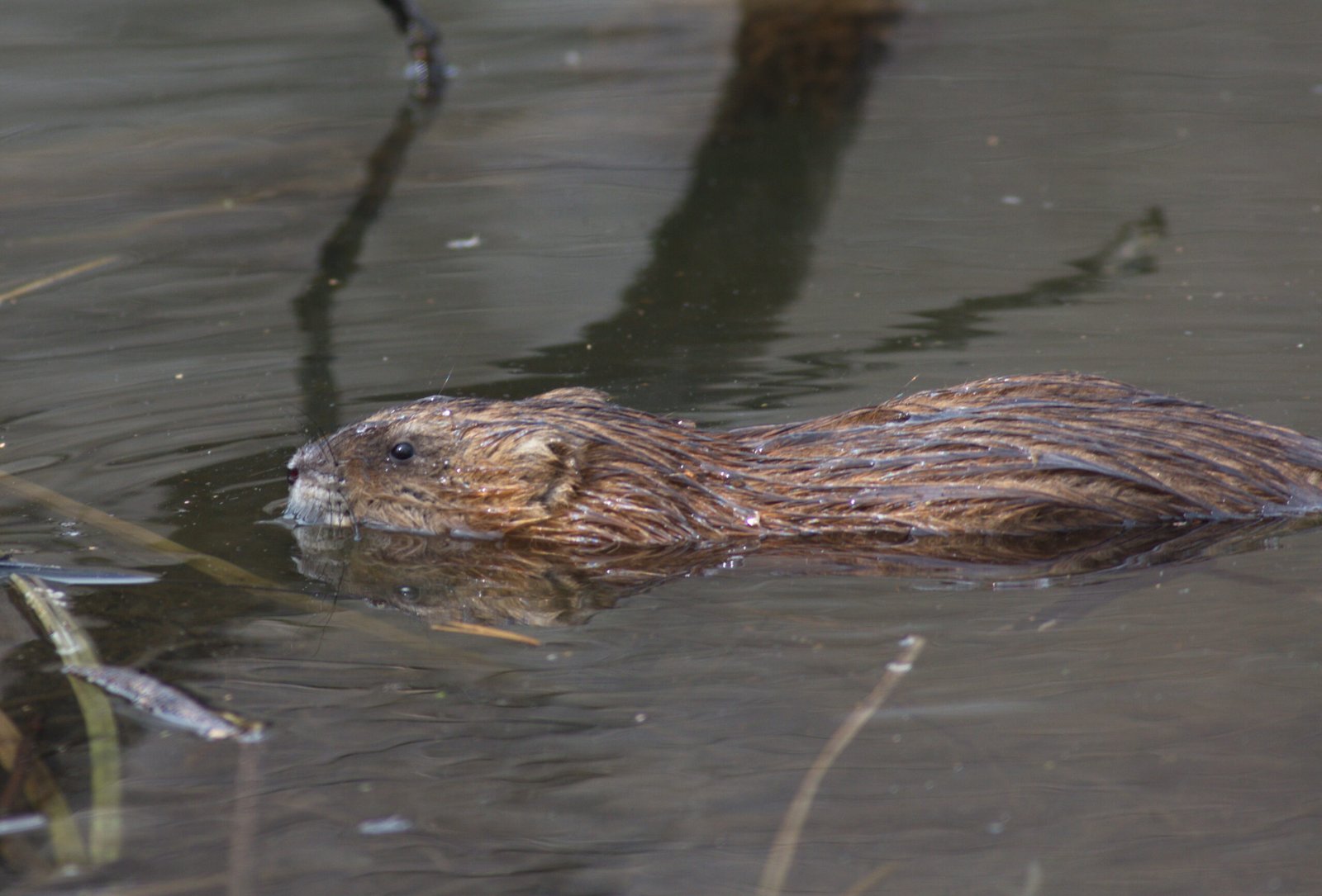
Rats don’t just rely on physical strength to swim—they use their sharp senses. Their whiskers, or vibrissae, are highly sensitive and can detect subtle changes in water flow or obstacles ahead. Even in complete darkness, rats can find their way by feeling the movement of water against their faces and bodies. Their sense of smell is legendary, helping them locate food sources even when water masks other scents. Combined, these senses make rats expert navigators, able to swim through pitch-black tunnels and emerge exactly where they need to be.
Real-Life Encounters: Swimming Rats in the City
It’s not just scientists who have noticed rats’ swimming prowess—ordinary New Yorkers have seen it firsthand. Stories abound of rats swimming up toilets during storms or emerging from flooded subway platforms after heavy rains. In some neighborhoods, residents have reported seeing rats paddling through puddles or even crossing narrow stretches of the East River. These sightings, while startling, highlight just how adaptable and bold these animals can be. For many, it’s a reminder that the city’s rat population is always one step ahead.
How Swimming Helps Rats Survive Urban Life

Swimming isn’t just a party trick for New York rats. It gives them a serious edge in the city’s harsh environment. By moving easily between land and water, rats can avoid predators, access hard-to-reach food, and escape from sudden dangers like construction or flooding. This flexibility also helps them find mates and establish new colonies in unexplored parts of the city. In a place as competitive as New York, being a good swimmer means a better chance at survival—and perhaps even at thriving.
Myths and Misconceptions About Rats and Water
Many people believe rats are dirty, helpless creatures that panic at the sight of water. The truth is quite the opposite. While rats do carry diseases, they are meticulous groomers and surprisingly clean swimmers. Some myths suggest rats can’t swim or will drown easily, but science has proven otherwise. In fact, rats are so comfortable in water that they can hold their breath for up to three minutes and dive several feet below the surface. Busting these myths helps us see rats not just as pests, but as fascinating animals with unique abilities.
Rats as Survivors: Lessons from Nature

There’s something inspiring about the way rats overcome urban challenges. Their swimming skills are a perfect example of nature’s ability to adapt and innovate. Just as humans have learned to build bridges and tunnels, rats have learned to use water as a tool for survival. Their story is a reminder that even the most overlooked creatures have extraordinary talents. Watching a rat swim fearlessly through a flooded alley can spark respect, curiosity, and a touch of awe for the resilience that life displays in every corner of the city.
What This Means for New Yorkers
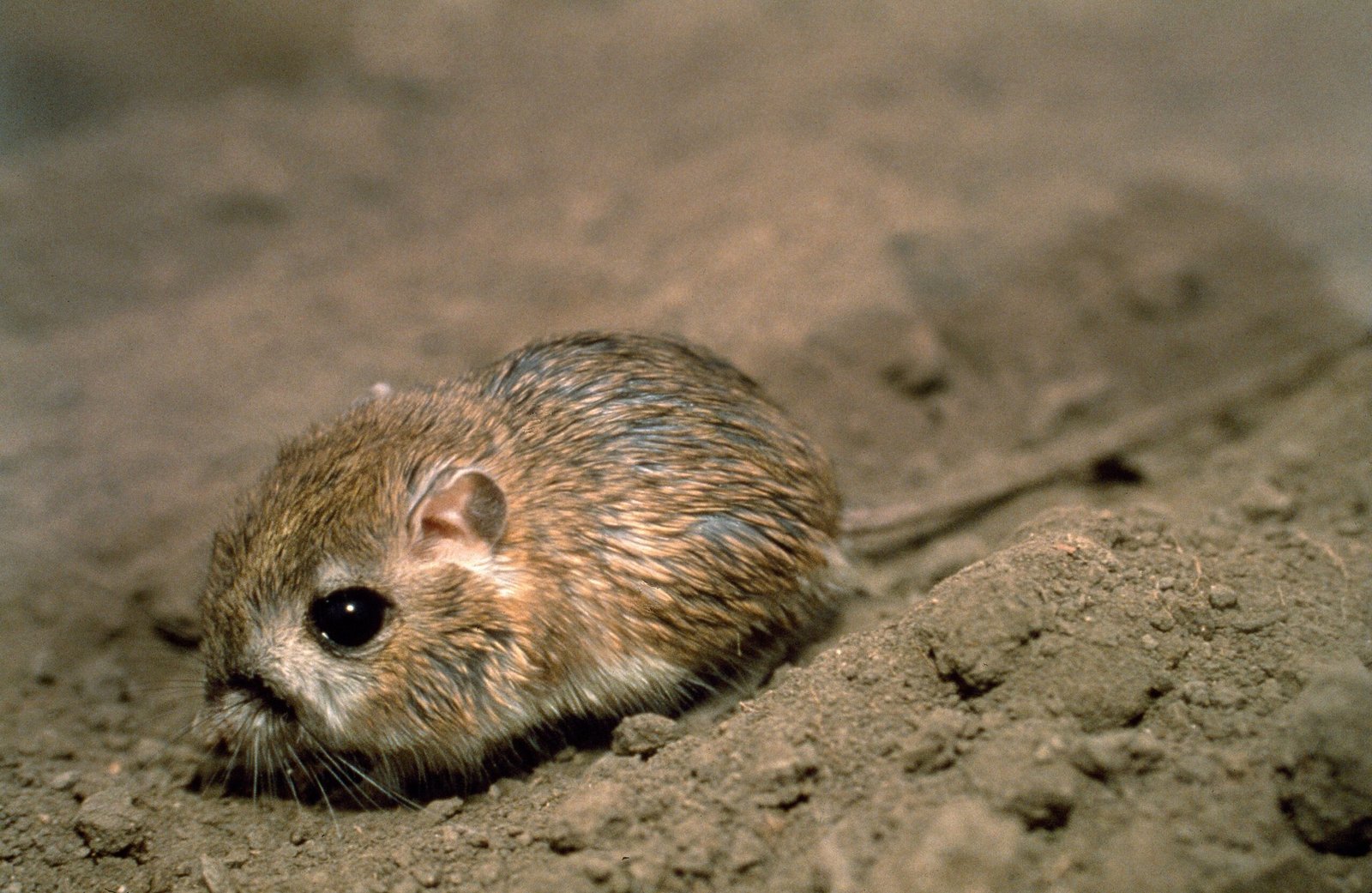
Understanding the swimming skills of rats isn’t just an interesting fact—it’s an important piece of the urban puzzle. It helps explain why controlling rat populations is so challenging, even with modern technology and sanitation efforts. Knowing how easily rats can move through water means that new approaches may be needed to keep them in check. It’s also a reminder for city dwellers to be alert during floods or heavy rains, as rats are likely to be on the move. With this knowledge, people can better protect their homes and communities from unwanted rodent visitors.
The Fascinating Future of Urban Wildlife

As cities continue to grow and change, so too will the animals that live alongside us. Rats are just one example of how wildlife adapts to the challenges of urban life. Their swimming abilities hint at a larger story of resilience, evolution, and the surprising ways nature finds to survive in even the toughest environments. Perhaps someday, our understanding of rat biology will lead to new solutions for coexistence—or at least a bit more respect for these incredible survivors. Are you surprised that New York’s rats are such skilled swimmers?



